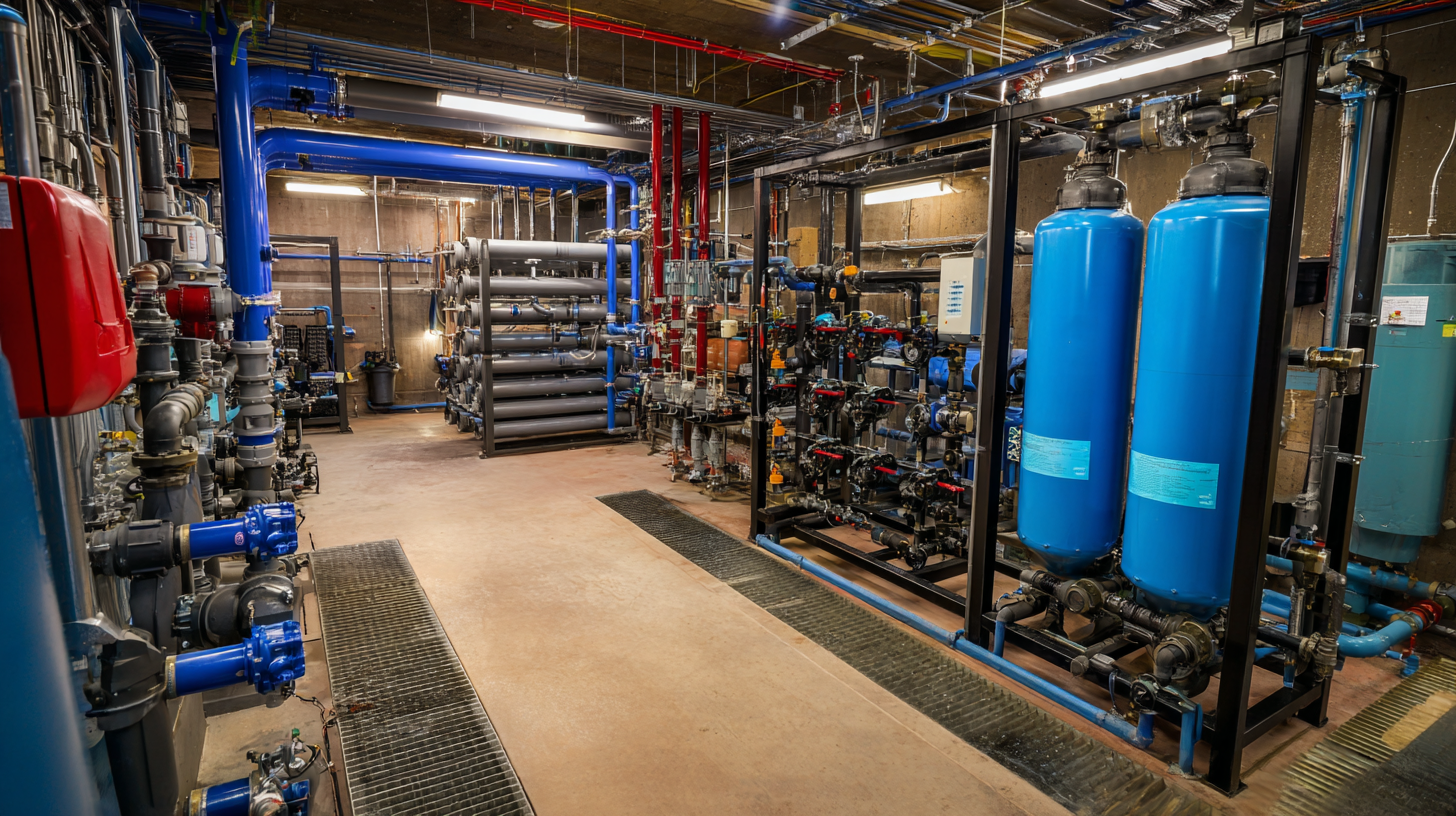Contaminant Comparison Chart
For a complete list of contaminants that PUR filters reduce, please view our Performance Data Sheets here.
|
|
PUR & PUR PLUS FAUCET FILTERS |
PUR PLUS PITCHER FILTERS |
PUR BASIC PITCHER FILTERS |
|
Vs. Brita* |
 |
 |
 |
| Lead | ✓ | ✓ | |
| Microplastics | ✓ | ✓ | |
| Mercury | ✓ | ✓ | ✓ |
| Chlorine Taste & Odor | ✓ | ✓ | ✓ |
| DEET | ✓ | ||
| TTHM | ✓ |
PUR’s Filtration Systems Are Certified By NSF And WQA For Their Contamination Reduction. WQA certifications as of 5/27/21 for Faucet filter models RF-3375 and RF-9999.
¹ Certified to reduce 10X more chemical and physical substances than Brita’s® leading pitcher filter.
² Certified to reduce 3X more chemical and physical substances than Brita’s® leading pitcher filter.
³ Certified to reduce 2X more chemical and physical substances than Brita’s® leading pitcher filter.
*Versus best-selling Brita® pitcher filter OB03. Brita® is a trademark of Brita LP.
**Like other leading brands, PUR does not filter microbes. As of 3/1/23 Brita® and ZeroWater® were not certified to filter microbes. Brita® is a trademark of Brita LP. ZeroWater® is a trademark of Zero Technologies, LLC..
PUR & PUR PLUS FAUCET FILTERS
|
PUR & PUR PLUS FAUCET FILTERS |
|
|
Vs. Brita* |
 |
| Lead | ✓ |
| Microplastics | ✓ |
| Mercury | ✓ |
| Chlorine Taste & Odor | ✓ |
| DEET | ✓ |
| TTHM | ✓ |
PUR’s Filtration Systems Are Certified By NSF And WQA For Their Contamination Reduction. WQA certifications as of 5/27/21 for Faucet filter models RF-3375 and RF-9999.
¹ Certified to reduce 10X more chemical and physical substances than Brita’s® leading pitcher filter.
² Certified to reduce 3X more chemical and physical substances than Brita’s® leading pitcher filter.
³ Certified to reduce 2X more chemical and physical substances than Brita’s® leading pitcher filter.
*Versus best-selling Brita® pitcher filter OB03. Brita® is a trademark of Brita LP.
**Like other leading brands, PUR does not filter microbes. As of 3/1/23 Brita® and ZeroWater® were not certified to filter microbes. Brita® is a trademark of Brita LP. ZeroWater® is a trademark of Zero Technologies, LLC..
PUR PLUS PITCHER FILTERS
|
PUR PLUS PITCHER FILTERS View Filter |
|
|
Vs. Brita* |
 |
| Lead | ✓ |
| Microplastics | ✓ |
| Mercury | ✓ |
| Chlorine Taste & Odor | ✓ |
| DEET | |
| TTHM | |
PUR’s Filtration Systems Are Certified By NSF And WQA For Their Contamination Reduction. WQA certifications as of 5/27/21 for Faucet filter models RF-3375 and RF-9999.
¹ Certified to reduce 10X more chemical and physical substances than Brita’s® leading pitcher filter.
² Certified to reduce 3X more chemical and physical substances than Brita’s® leading pitcher filter.
³ Certified to reduce 2X more chemical and physical substances than Brita’s® leading pitcher filter.
*Versus best-selling Brita® pitcher filter OB03. Brita® is a trademark of Brita LP.
**Like other leading brands, PUR does not filter microbes. As of 3/1/23 Brita® and ZeroWater® were not certified to filter microbes. Brita® is a trademark of Brita LP. ZeroWater® is a trademark of Zero Technologies, LLC..
PUR BASIC PITCHER FILTERS
|
PUR BASIC PITCHER FILTERS |
|
|
Vs. Brita* |
 |
| Lead | |
| Microplastics | |
| Mercury | ✓ |
| Chlorine Taste & Odor | ✓ |
| DEET | |
| TTHM | |
PUR’s Filtration Systems Are Certified By NSF And WQA For Their Contamination Reduction. WQA certifications as of 5/27/21 for Faucet filter models RF-3375 and RF-9999.
¹ Certified to reduce 10X more chemical and physical substances than Brita’s® leading pitcher filter.
² Certified to reduce 3X more chemical and physical substances than Brita’s® leading pitcher filter.
³ Certified to reduce 2X more chemical and physical substances than Brita’s® leading pitcher filter.
*Versus best-selling Brita® pitcher filter OB03. Brita® is a trademark of Brita LP.
**Like other leading brands, PUR does not filter microbes. As of 3/1/23 Brita® and ZeroWater® were not certified to filter microbes. Brita® is a trademark of Brita LP. ZeroWater® is a trademark of Zero Technologies, LLC..

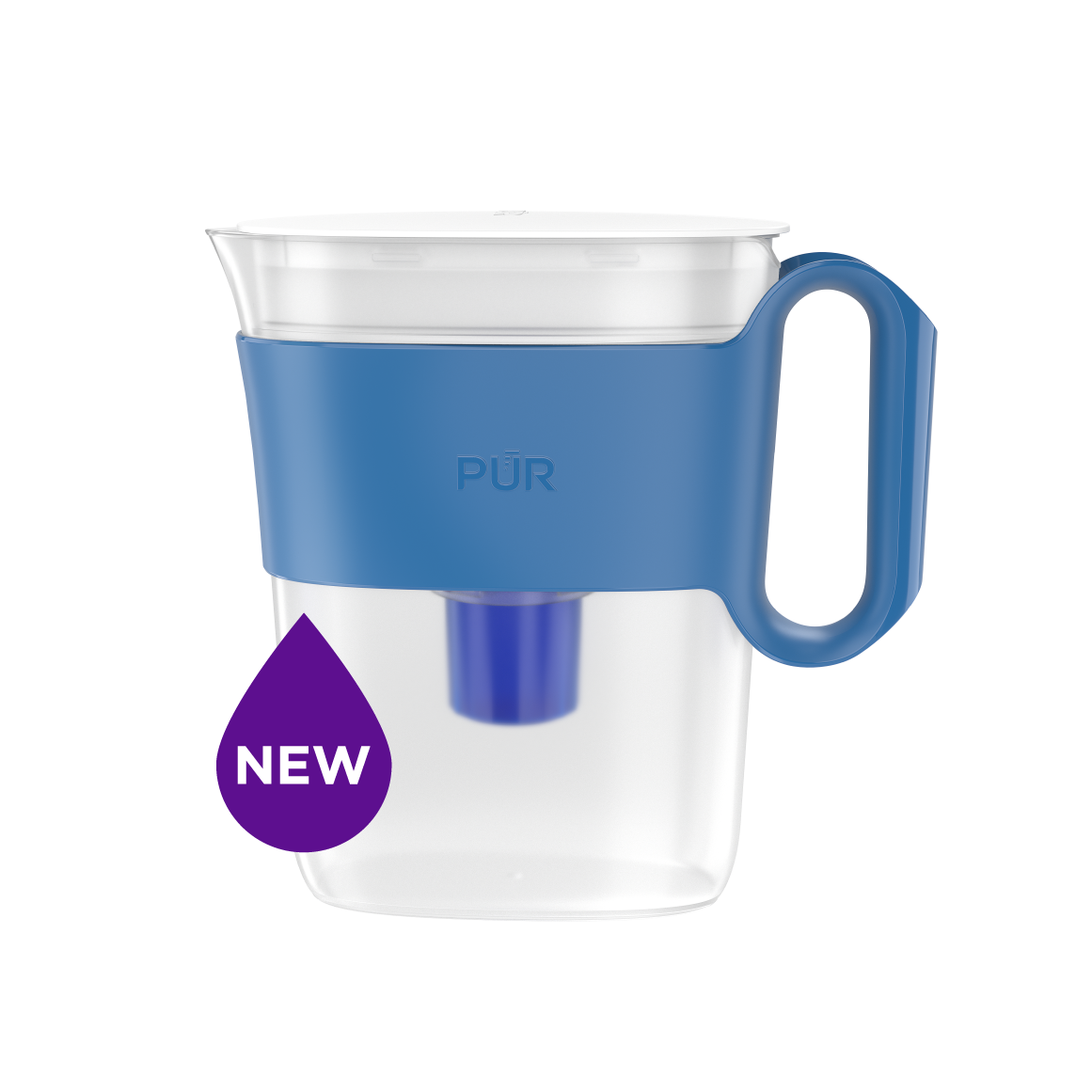
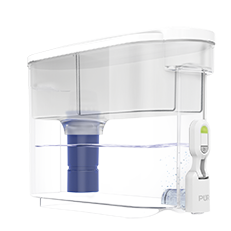
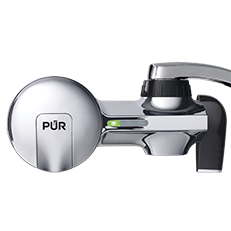

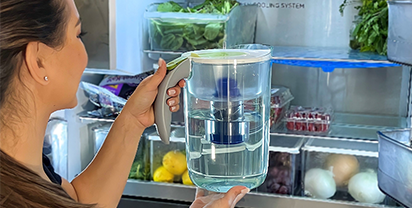
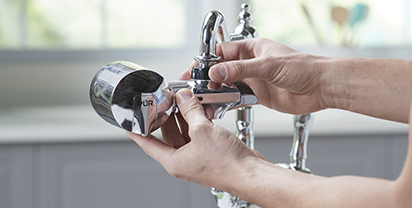
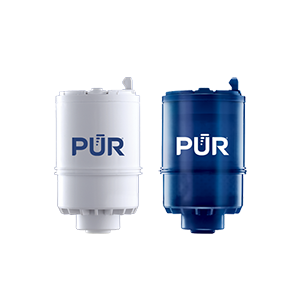

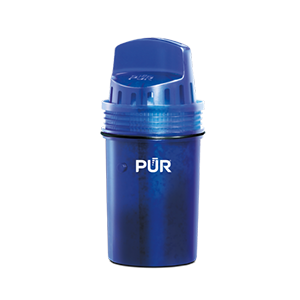
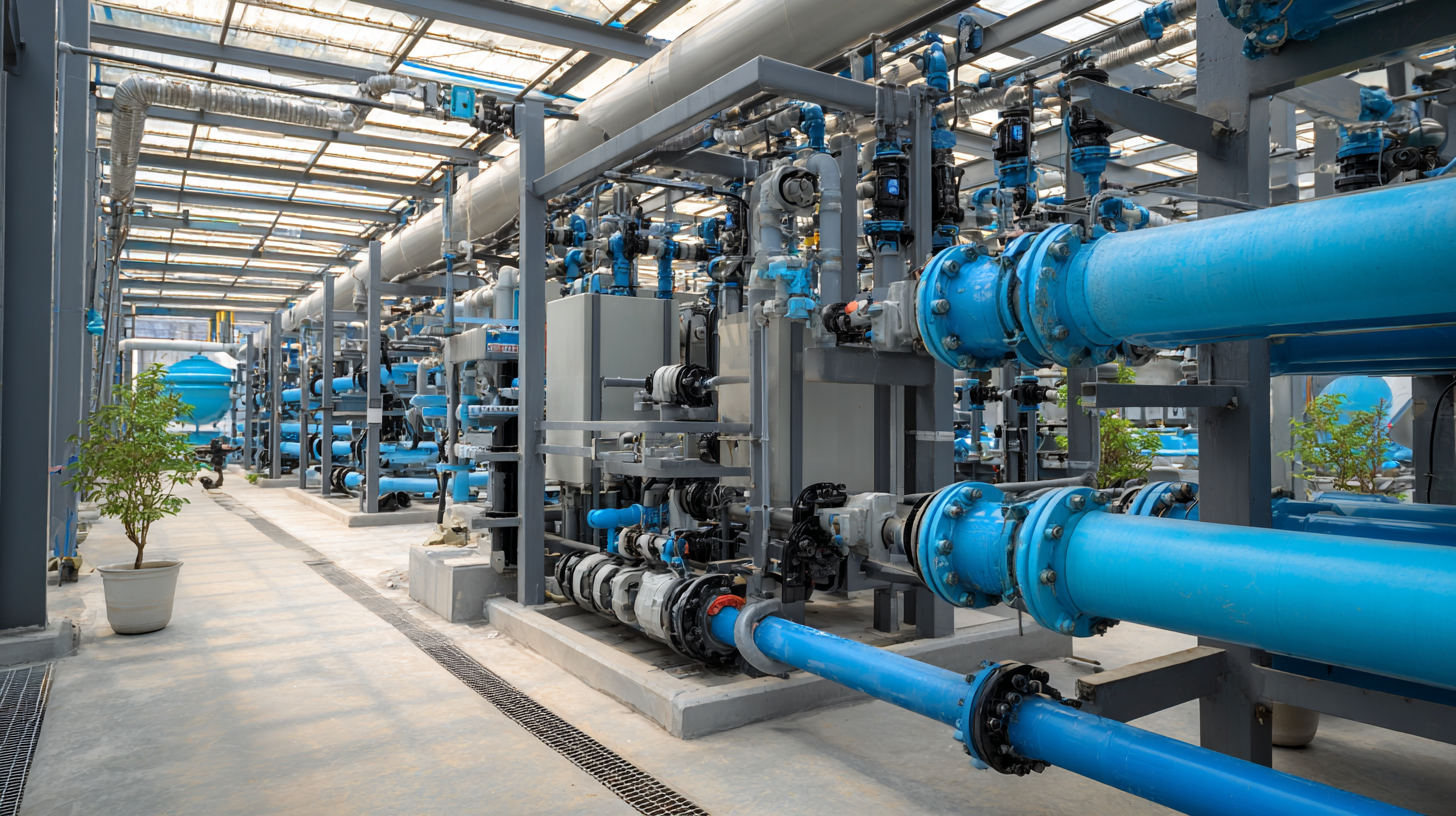
 Innovative technologies are transforming water treatment systems to meet the demands of environmental sustainability. As the global population is projected to reach nearly
Innovative technologies are transforming water treatment systems to meet the demands of environmental sustainability. As the global population is projected to reach nearly 